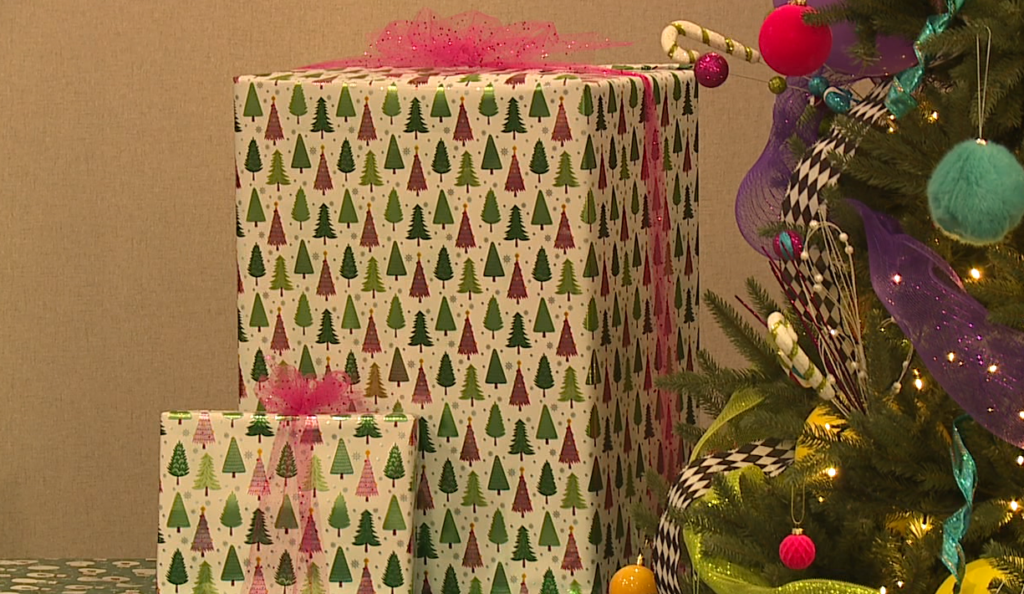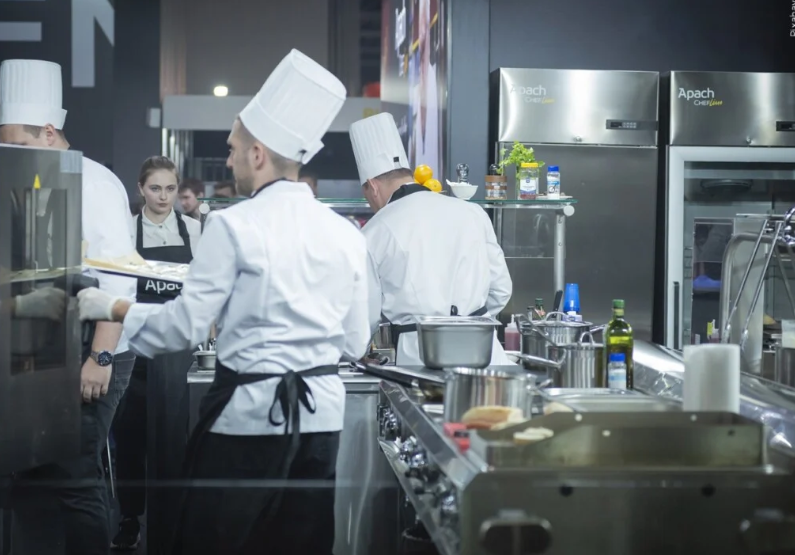Hooked on Science: bleeding paper
[gtxvideo vid=”ItQIB4qb” playlist=”” pid=”OTSe9U1y” thumb=”http://player.gtxcel.com/thumbs/ItQIB4qb.jpg” vtitle=”hooked on science 102415”]
The goldenrod paper turns bright red when slapped with the palm of your hand, which is covered with baking soda and water. Goldenrod paper is made from a dye which is a pH indicator. Goldenrod paper turns bright red when exposed to a base such as ammonia or baking soda and turns a bright yellow when exposed to an acid such as vinegar or lemon juice. Go to www.hookedonscience.org for more experiments that might get you and your family “Hooked on Science.†INGREDIENTS · Goldenrod Paper · Baking Soda · Water · Vinegar · Paper Plates INSTRUCTIONS STEP 1: Mix one-fourth of a cup of baking soda with one-fourth of a cup of warm water, in a paper plate. Dip the palm of your hand into the baking soda and water. Describe and classify the baking soda and water by its observable properties. STEP 2: Slap your hand onto a piece of goldenrod paper and observe. Describe what happened. STEP 3: Pour one-fourth of a cup of vinegar into a new paper plate. Dip the palm of your hand into the vinegar. Describe and classify the vinegar by its observable properties. STEP 4: Slap your hand onto a new piece of goldenrod paper and observe. Describe what happened. Compare the baking soda and water slapped goldenrod paper to the vinegar slapped goldenrod paper. Describe the differences. How can goldenrod paper be utilized to make observations and measurements to identify materials based on their properties?












